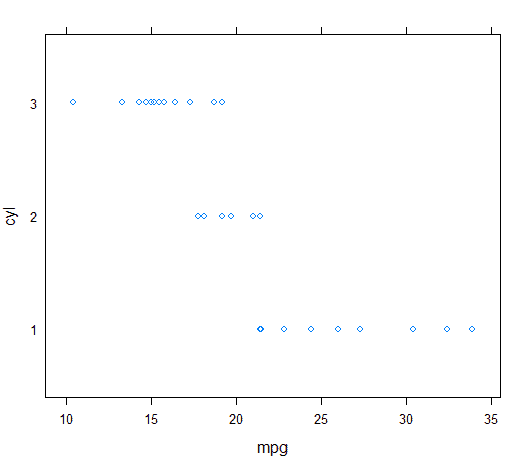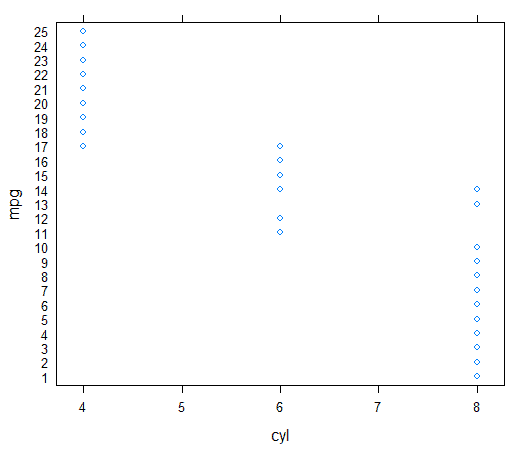|
| Featured Contents |
| Question of the Day |
| |
| The Voice of the DBA |
| Daily Coping Tip Find fun ways to distract yourself from unhelpful thoughts I also have a thread at SQLServerCentral dealing with coping mechanisms and resources. Feel free to participate. For many of you out there working in a new way, I'm including a thought of the day on how to cope in this challenging time from The Action for Happiness Coping Calendar. My items will be on my blog, feel free to share yours. |
| Messy Job Descriptions I saw a job description recently for a DBA that asked for SQL Server experience, but also "other RDBMSes, like Cassandra and PostgreSQL". Not sure Cassandra fits there, or why this says like. I've seen some other ads that ask for C# or Python. Some asking for MDX/DAX knowledge along with AWS Cloud Formation and programming APIs. Some have a required and optional or "nice to have" sections, but many include a laundry list of technologies and skills. For software developer roles, the list of skills often exceeds what I think any person in the world might know. There was a debate about this at SQL Server Central in one of the threads. It seems some people are split on whether this is a problem or a good thing. Quite a few people noted that they wouldn't apply when there are so many items listed that they don't have experience in. For others, we wouldn't hesitate if we had around 50% of the items listed. I'm in the latter category, as I've had plenty of friends, and myself, get jobs that might have seemed out of reach based on the description and our skills. In my experience, often a job description is put together on the fly and in a hurry, usually by someone that isn't familiar with the job. They ask others what to include, and we end up with a large list of things that would be nice, but not necessary. The end result isn't always what the job entails, at least not completely. Often I've found as a developer or operations person I might end up lightly touching other parts of different roles, but not regularly. I don't know that I think it's worth effort to tightly define a job for a new hire, as the job requirements can change, and we might adapt a job to the individual. Not completely, but if someone knows more about reporting or BI than HA/DR, we might have them tackle more of that work and only partially work on clusters or AGs. Others might fill in with more HA/DR and less BI work. The reverse also could be true, so should we have a job description that is narrowly defined to DBA work with an HADR focus? Or one for BI? Hiring is a difficult enough process, especially today, without too tightly defining the roles. I do think it's worth spending time with the team doing the work to list out the necessary skills (and levels) needed to help them, but adding in other items is useful. It casts a wider net, and it helps you as the hiring group, think about what tradeoffs you might make. If someone is weak with replication, and we use it, but they have some strong Azure skills, maybe we accept that. We know we'll need to train this person on replication, but they might help us better understand the cloud. Perhaps that's a better choice than someone highly skilled with replication but without a lot of other experience. Or maybe not. Ultimately, on the hiring side, include what you want. It doesn't have to be perfect. If you don't get candidates, then re-examine it, but list what you really need, and separately, what you want. On the candidate side, don't be intimidated. If you get to 45% of the skills, apply. If you hit 75% of the requirements, apply. Maybe even if you're a little short on those but you have other skills. Use what you know, and what's been listed, to help you drive the interview. Emphasize your strengths, and convince them you can learn. Ask questions, use "I don't know, but" often with examples of how you might gain the knowledge or get help. That often is more important than what you have done in the past. Steve Jones - SSC Editor Join the debate, and respond to today's editorial on the forums |
| |
| Featured Contents |








